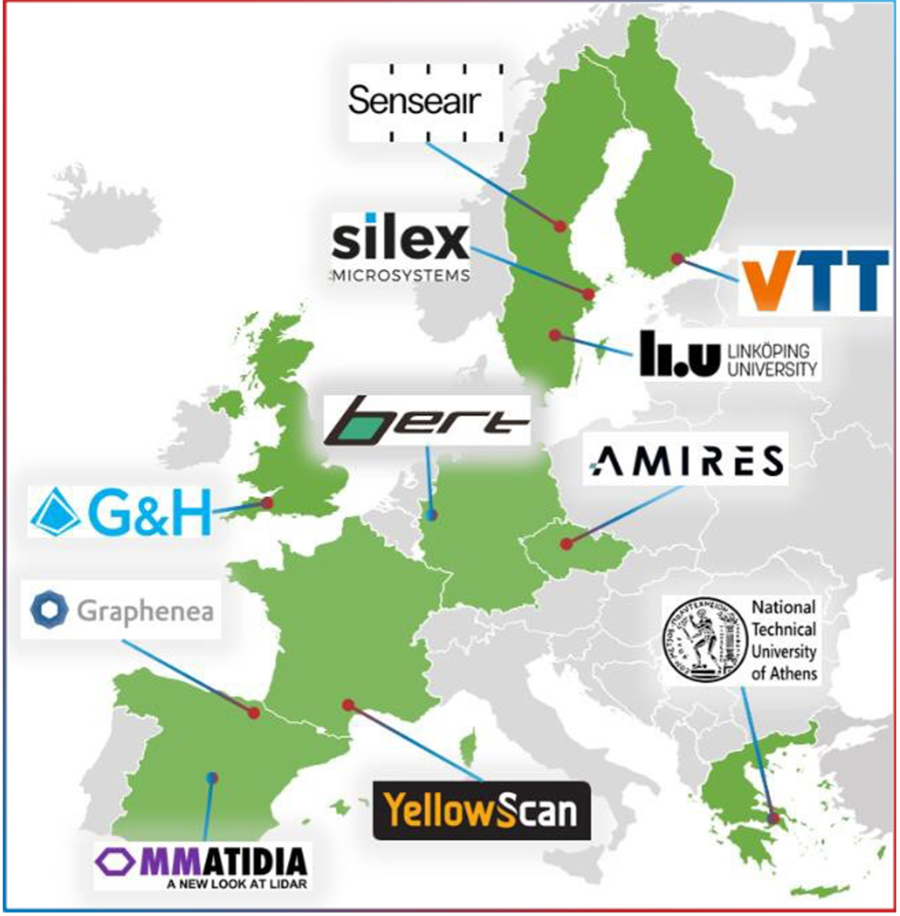EU-funded project 'Next-2Digits' boosts graphene expertise and knowledge sharing in Europe
In October, a new Horizon Europe-funded project launched within the ecosystem of the Graphene Flagship. With a consortium of 11 partners from 8 countries, the Next-2Digits project aims to develop the next generation of sensors and imagers enabled by 2D material digital integration.
Coordinated by the National Technical University of Athens, Next-2Digits benefits from the presence of well-reputed academic, research and industrial teams, whose areas of work span from graphene and 2D materials synthesis, characterisation, manipulation and integration, as well as in the fields of photonics, material science, application-based integration technologies and validation. Next-2Digits will run for three years and three months.
Next-2Digits will also collaborate with the GrapheneEU project “Graphene Europe in the Lead Coordination and Support Action”. Developed under the scope of the Graphene Flagship initiative, which is the European Union-funded research and innovation endeavour that aims to bring graphene and related materials from the laboratory to the market, this partnership provides a platform for collaboration, coordination and support for the Graphene Flagship core projects and associated members.
Along with GrapheneEU, Next-2Digits will increase the expertise in the graphene field and spread knowledge among various stakeholders.

Map of Next-2Digits partners
About Next-2Digits
Photodetectors (PDs) and modulators (MDs) are essential components of Photonic Integrated Circuits (PICs) and Optoelectronic Integrated Circuits (OEICs).
The introduction of graphene and other two-dimensional materials (2DM) in the pallet of materials compatible with the PIC and OEIC industry has offered a novel paradigm in integrated PDs and MDs with a miniature footprint and ultrawide bandwidth, outperforming the standard materials and architectures. The main challenge, when graphene is deposited, is the introduction of impurities and defects, especially when polymers and solvents are involved. This degrades the performance of devices, often drastically.




